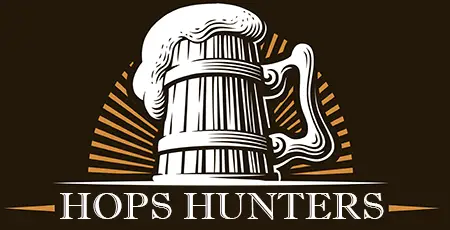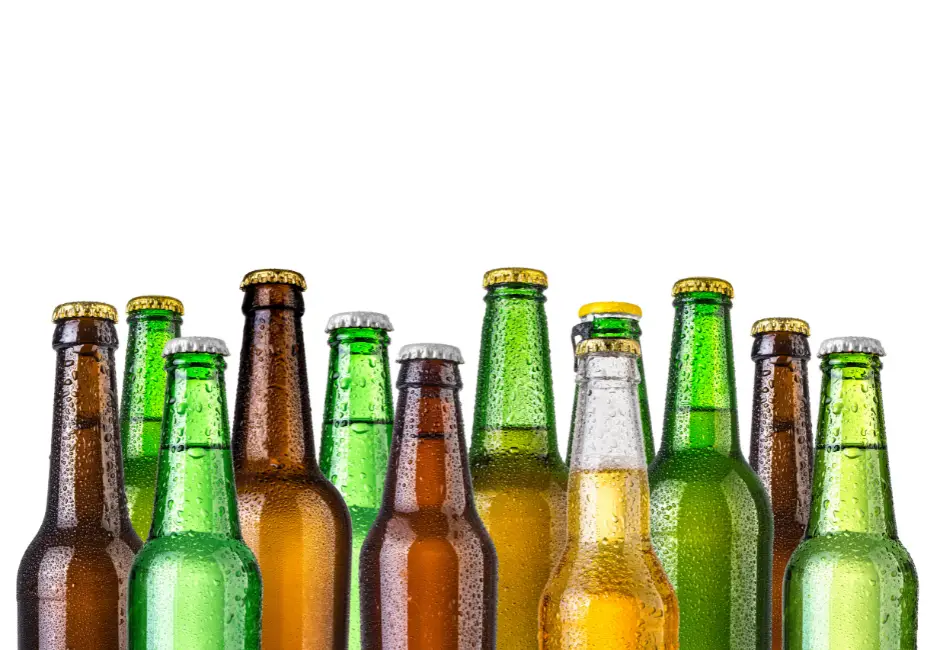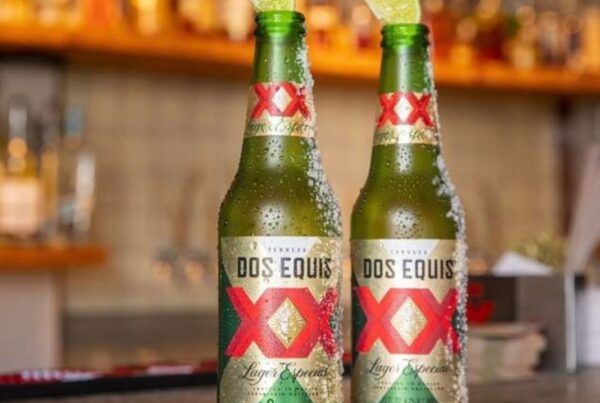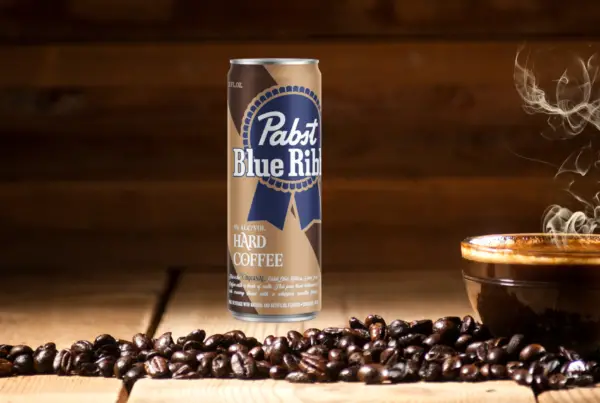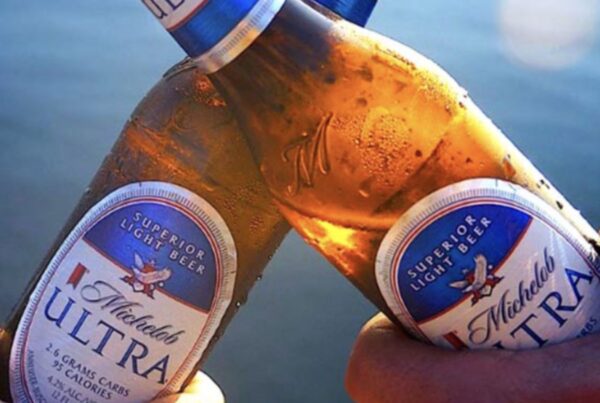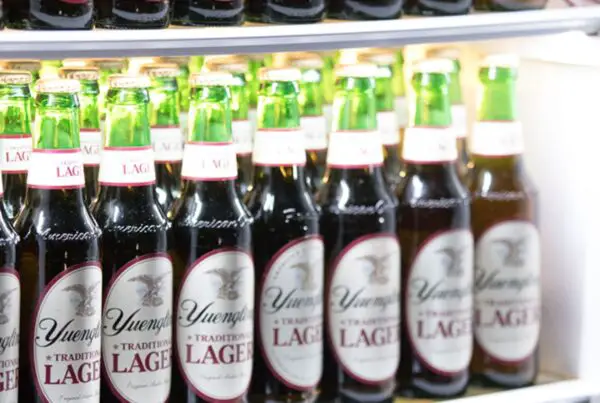Beer. a beverage so beloved that it has inspired countless poets, philosophers, and late-night philosophers (also known as bar patrons) to wax poetic on its virtues.
But what about the unsung hero of the beer world? No, not the bartender who pretends to care about everyone’s problems, while mentally counting down the minutes until last call. I speak, of course, of the noble beer bottle.
Yes, that humble, storied container that has safeguarded our precious brew from the ravages of time and the elements.
Why are beer bottles dark?
What are they made out of?
Why are they practically always brown or green?
This, my friends, is a tale worth telling.
So, sit back, crack open a cold one, and join me on an intoxicating journey through the colorful history of beer bottles.
A Brief History of Beer Bottling
The First Beer Bottles
Glass bottles for beer production have been in use since the 16th century. However, it was in the 19th century when bottled beer really came into its own.
Commercial bottling had begun in the latter part of the 17th century, but there were some issues when it came to beer.
Early glass bottles often weren’t strong enough to withstand the pressure of the CO2 gas used in beer production, which could—and often would—create some messy, dangerous problems. (As many homebrewers are aware of.)
With the Industrial Revolution ushering in new technologies and advancements in glass manufacturing, brewers in the 19th century began bottling beer in clear glass bottles, believing it was the best way to keep beer fresh for as long as possible.
Bottled beer became much more common, and the bottled beer we know and love today became a popular choice for drinkers around the world.
However…
The Original Clear Bottle’s Fatal Flaw
As with any good story, our tale takes a colorful turn (well, depending on your definition of colorful). The introduction of those familiar, translucent-brown beer bottles.
Before the emergence of brown bottles, beer was typically stored in clear glass containers. However, a problem soon arose. Beer stored in clear bottles had a tendency to become “lightstruck”—which is basically a fancy way of saying that it tasted terrible. This unfortunate taste transformation was due to the beer being exposed to ultraviolet (UV) light, which catalyzes a series of chemical reactions in the hops that ultimately results in that dreaded “skunky” flavor.
To combat this issue, brown beer bottles were developed. The darker hue of brown glass provides a natural defense against UV light, keeping the beer inside safe from the ravages of light-induced spoilage.
Green Bottles: A Wartime Solution
Green bottles were introduced during World War II, as a result of material shortages that included some of the materials used to manufacture brown glass.
Although marginally less effective at blocking UV light than their brown counterparts, green bottles actually became associated with higher quality beers.
European beer producers were the first to be struck by this shortage, so many of the first beers in green bottles in America were naturally high-quality imports from Europe. (Especially German beers.)
As Chuck Skypeck of the Brewers Association told CNN, even if the new green glass bottles weren’t tinted dark enough to prevent skunking, consumers back then might simply think: “Oh, look, this tastes different. It’s coming from Europe. It must be good.”
After World War II, breweries continued to use the “branding” of green bottles to denote higher-quality beers—because of the existing perception of beers in green bottles as being more scarce and “exclusive,” and therefore more desirable. That’s why most of the beers you’ll find in green bottles today are European brands with long histories.
Modern Beer Bottles
Today, we have a veritable rainbow of beer bottles to choose from (depending on your definition of “rainbow” or “veritable”) including brown, green, and clear bottles.
Bottling beer in clear glass eventually become viable because of the development of UV-protected coatings that can be applied to glass—effectively shielding beers like Corona Extra from skunking, regardless of the actual tint of the bottle.
Final Thoughts
And so, dear reader, we’ve reached the end of our journey through the history of beer bottles.
Just think of the countless conversations these vessels have witnessed, the friendships forged and the laughter shared, all while cradling the beer we know and love. They’ve endured the ebb and flow of history, adapting to the changing tides of human innovation and warfare, never losing sight of their ultimate purpose: Keeping good beer from becoming skunky.
So let’s raise a glass to the beer bottle—a vessel that has truly stood the test of time!
